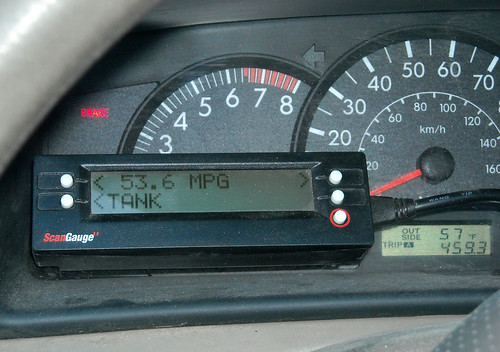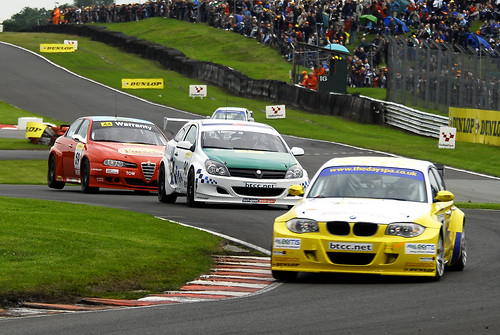Would You Purchase a “Made in China” Electric Vehicle on Blue Light Special?
(Source: TreeHugger)
We visit discount stores like Wal-mart, Costco, and Sam’s Club to pick-up a lot of different things, such as hair gel, cell phones, fish food, Tickle-me Elmo, or even a cheap pair of beach sandals (okay, maybe you better forget about the sandals). The point is, these discount stores sell a little bit of everything, but the idea of full-size electric vehicles becoming a part of the Blue Light Special had not even been a consideration… up until now!

The Question of Economy vs. Environment
Treehugger works hard at spreading the word about alternative forms of transportation, which includes the sale and use of electric vehicles. But sometimes an honorable idea gets lost within the complex political environment of economics. The Mexico based manufacturer, GC Motors, is seriously considering the possibility of selling inexpensive Chinese electric vehicles to Americans within the next five years or so.
Click here to read the entire article.





